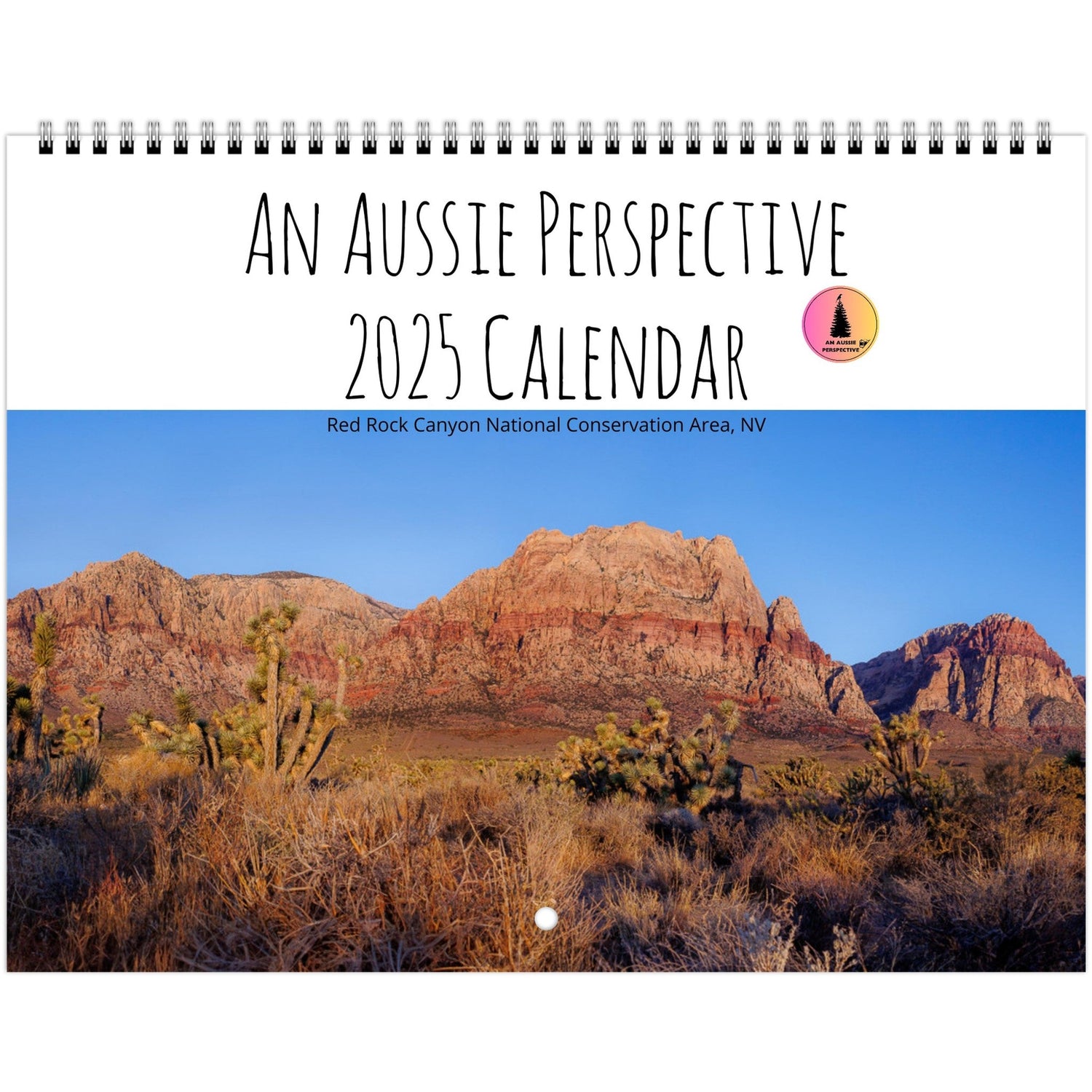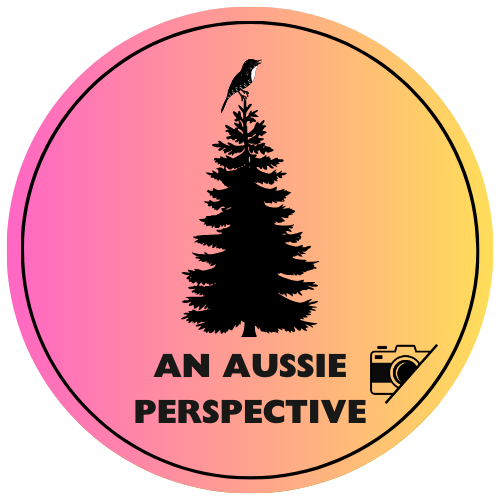Are you ready to embark on an adventure into the wild world of outdoor photography? Whether you're a seasoned pro or a newbie with a camera, planning is key to capturing those breathtaking moments in nature. For me, there's nothing quite like immersing myself in the natural world, camera in hand, to discover an area. It's through this exploration that I uncover potential photography spots and get acquainted with the diverse array of wildlife I might encounter along the way. As a bonus: this is how I end up caring about a place and wanting to protect whatever lives there. Planning your adventure ahead of time will also ensure you’re using Leave No Trace principles.

Scout the Location: Before you even pack your camera bag, research your location. Look for unique landscapes and interesting wildlife habitats. Consider using tools like Google Earth to get a bird's-eye view and identify promising areas to explore. Look at other people’s photos for some inspiration via social media and photo sharing websites. Check out other photographer’s work. You’ll get an idea of the landscape and possible vantage points and angles. Know about any permits or passes you’ll need to access where you’re going, and make sure roads are open. Check for seasonal obstructions. Ask questions such as, “Will I be photographing in a hunting area?” If that’s the case don’t wander around in camouflage during hunting season.

Check the Weather: Mother Nature can be unpredictable, duh! So keep an eye on the weather forecast. Here are some questions to consider so you can plan and pack accordingly:
How do the seasons affect the weather where you’ll be?
Will there be afternoon storms on the mountain peak you’re hiking to?
What are the sunrise/sunset times?
What will the humidity and temperature be?
Will it be really windy?
Is it going to rain?
Will rain make your photo better or make it harder to shoot in? I went out shooting in the rain at Valley of Fire State Park in Nevada once. I was miserable until I saw what the rain did to the rocks. It showcased the purples and reds of the oxidised Manganese and Iron in the rocks. It also flooded a small canyon in the park which made it more beautiful than I had seen it. I went into VOF gloomy, but came out happy!

Understanding how certain weather conditions might affect your camera is also key. In humid places, your lens will probably fog up. I learned the hard way to keep my camera out for at least 30 minutes prior to arriving at my humid destination. I take the lens caps off too. If you’re shooting in extremely cold places, you may need to wrap your gear to prevent frost buildup and damage to your equipment. Don’t forget that your fingers (okay, “my” fingers) get colder sooner than the rest of your (my) body. Pack gloves. Additionally, keep spare batteries warm in cold weather by storing them close to your body to maintain their charge. In extreme heat use UV filters on your lenses to reduce glare, and keep your camera out of direct sunlight to prevent heat damage. Bring an umbrella or something waterproof to deal with rain. If you’re shooting near the beach, you may need to bring something to wipe salt and sand off your equipment to preserve it.

Pack Wisely: Prepare to be gone longer than you expect. Dress for the weather and don't forget essentials like water, snacks, insect repellant, sunscreen and a first-aid kit. It’s wise to have a grab bag that you keep essentials in so packing is a no brainer when you’re up at 4am to leave for a photography adventure. Bring additional lenses, extra batteries and SD cards, lens cleaners, and a tripod/monopod etc. I even bring my battery charger if I am driving because my car has a 120 V outlet in the back that I can plug my wall charger into. It’s so nifty! Check out apps such as the Merlin Bird app which will help you identify unknown birds by sight or song, or Strava which I love because it shows elevation gain as well as my route. I use those 2 apps more than any other when I am out in nature. Other apps you might use could be Gaia GPS; Alpine Guide; My Elevation; PhotoPills; and the NOAA Weather app. Smartphone apps will run your phone battery down fast. It’s a good idea to go out with a fully charged phone and maybe bring a portable charger. My pro tip is to bring comfy shoes for the drive home.

I use SD cards with high write speeds because they make a huge difference when shooting in high speed continuous, aka burst, mode. Cos wildlife. When I began to shoot in burst mode my camera would be “unavailable” for a long time after taking my finger off the button because the images were being written on my SD card, slowly. I needed to upgrade. The faster the write speed, the faster you can go back to shooting after using burst mode. If you have never looked at the numbers on your SD card you should! Go grab one and check out this webpage: Everything You Need to Know about SD Cards
Have Your Camera Ready: Make sure you have your SD cards and battery loaded in the camera. Have the lens you want to use already attached and ready to use. Think about your camera settings in advance and have customs settings ready to go. Grab your lens hood just in case. Don’t wait till you get to your destination because you might miss a magical moment on the way. I missed photographing a bobcat from my car recently. My camera was on the back seat of my car with the lens cap on because I was on my way home. Those seconds that it took to grab my camera and roll down my window were all it took for the bobcat to make it into the bushes without me getting the shot. I should have been at the ready. If you’re not an expert at how your camera works yet, download your camera manual onto your smartphone. You may need to look something up when you’re in the field.

Timing is Everything: The best light for photographing occurs during the early morning or late afternoon which happens to be when wildlife is often most active. Plan your shoot around these golden hours for the best chance of capturing dynamic and well lit shots. Morning is my favourite time to shoot because there are less people out and I love having a place all to myself. It’s quieter and I can hear animals better. Additionally, mornings are often less windy. You’ll know that’s important if you’ve ever hiked out to an alpine lake hoping to get a sweet mirror shot only to have wind cancel those plans for you. Sure, it can be colder, but you’ll warm up as you hike. Have a look at The Photographer's Ephemeris if you want to predict where the moon will be during a night shoot.
Learn Animal Behaviour: Learning about animal behaviour can be done online and in person. You need patience for both. Once you know which animals you could encounter on your adventure, spend some time learning about their behaviour. Where is their habitat? How, when, and where do they migrate, feed, nest, or mate? Photography is a combination of skill and luck. Wildlife photographers aren’t just out there winging it! We are lifelong students. Good photographers position themselves for months, observing and waiting. Sometimes there’s no pay off. Keep trying.
When you’re in the wild make observations. How does wildlife react to weather? For example: Birds are more likely to fly, land and rest facing into the wind. Having the wind at your back positions you to take better photos of birds. Here are some other things to consider. Animals are less likely to be out in the heat of the day; some animals perceive a camera lens as a giant eye and this can make them aggressive; if you’re quiet you’ll see more wildlife. (You think more people would know that.) Never feed or touch a wild animal just to get a photo, even if it approaches you. (If in doubt, Google why you shouldn’t feed or touch said animal.)

Respect Nature: Yes, you're a guest in the wild. Approach wildlife cautiously, keeping a safe distance to avoid disturbing animals or putting yourself in danger. Each animal has a different stress response. Look that up so you can learn if the animal you’re watching is exhibiting their stress behaviour. You might think the animal will resume its natural behaviour after you leave, but this is not always the case. Birds, for example, need to rest and refuel during migration seasons because they’re travelling so far. If you flush a resting bird you could be pushing it past exhaustion, or cause a bird to abandon a nest or miss a meal. You might think it's no big deal, but if you want to learn why birds are important, please read my blog about the topic.
Embrace Spontaneity: While planning is crucial, don't be afraid to go off-script and seize unexpected photo opportunities. Some of the best shots come from being in the right place at the right time. Even if you don’t get the shot you want, take lots of photos. I've lost count of how many times I've taken photos of things I wasn't initially keen on or felt disappointed when I missed the shot I wanted. Yet, when reviewing my photos at home, I find some unexpected, amazing shots that I hadn't anticipated capturing.

Even though planning a photography trip might seem like a drag it can increase your chances of getting some incredible shots. By following my tips and staying adaptable, you'll be well-equipped to embark on your outdoor photography adventure. So grab your camera, step into nature's studio, and let your creativity roam wild!

